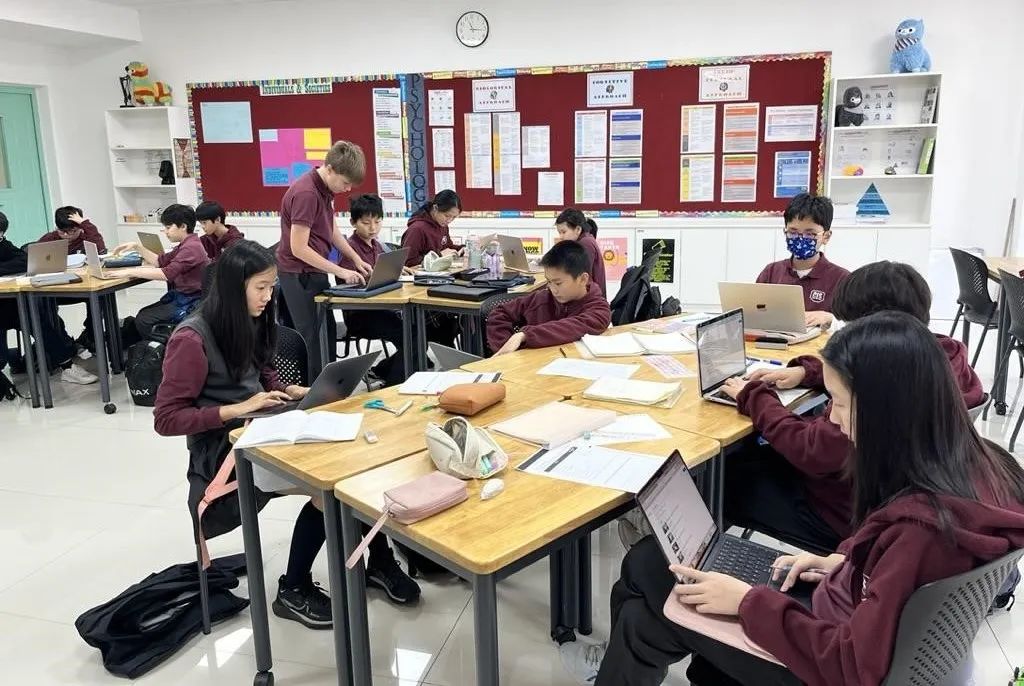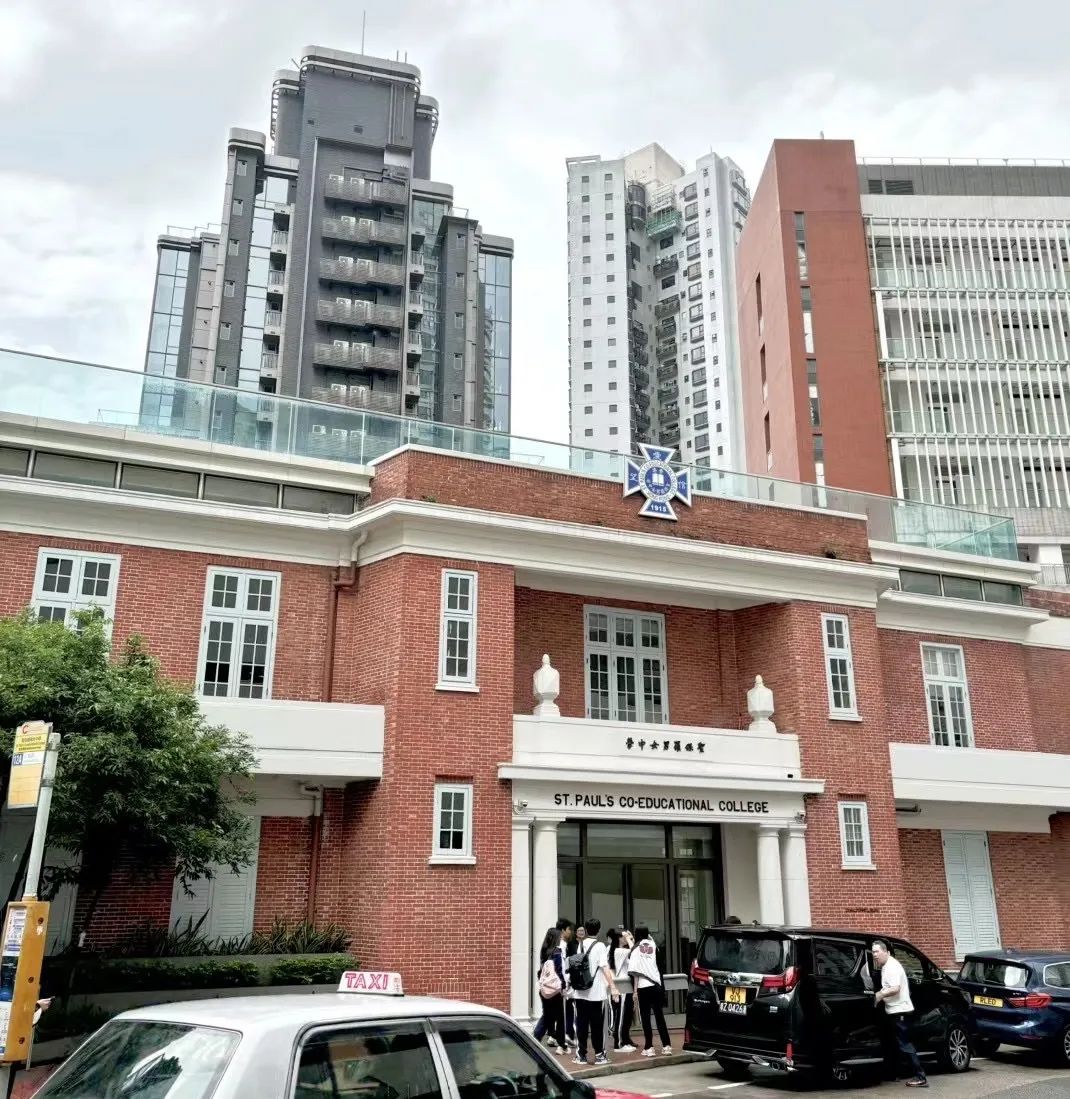2023-11-14发布于安徽
Individuals and Societies Highlights
CISH


Slide pictures to see more
This week the grade 6 Individuals and Societies class continued their unit on ancient civilizations. They learned how to differentiate between primary and secondary sources and identified examples of each for various research questions related to ancient history. The students learned eight basic features of civilizations and worked together to rank them in order of importance. Finally, they worked in small groups to create a poster highlighting the innovations of ancient Sumer using their textbook and two online resources.

This week in grade 7 Individuals and Societies class students have begun working on the final summative of this first unit, looking at Canada’s response to help people during the Great Depression. Students are utilizing the skills they have been practicing over the past few weeks in this task. They are analyzing 2 sources of information for their Origin and Purpose. They will then identify the main points and arguments of these 2 articles. The students are practicing their communication skills in order to make their ideas clear, critical thinking to support their ideas, and self-management in order to complete their work on time.

This week in grade 8 Individuals and Societies class students are continuing their unit on physical patterns in a changing world. The students are working on their Unit 1 summative assessment on a Natural Disaster Response Plan. The students have completed their source analysis and evaluation and have begun outlining their plan, focusing on what can be done to prevent, mitigate, respond, and recover from the disaster. Students are working on their research and critical thinking skills.

This week in grade 9 Individuals and Societies class the students are progressing through their ancient civilizations unit. The students are continuing to learn about Ancient Greece. The students worked on exploring 8 different aspects of culture, innovation, and development from Ancient Greece and the influence they had on modern civilization. They are doing so by conducting stations where they read and analyze information in order to answer questions by summarizing key ideas. They have been practicing their self-management, communication, and critical thinking skills.


Grade 10 students worked on and started presenting their Historical Speeches. Students demonstrated their risk-taking and communication ATL by delivering speeches in character as significant figures from the French revolution like Mirabeau, Robespierre or Marie Antointnet. The speeches were all original creative material written by the students, and they were assessed not only on their communication ability but also their effectiveness at accurately referencing historical events and considering the context of the time and the perspective their character would have on the events of the French Revolution.
Slide pictures to see more
Psychology
This week the grade 11 psychology students focused on revising social identity theory and social cognitive theory. They worked together to outline and evaluate the theories. The students were also introduced to how to write extended response questions (ERQ) for the Paper 1 and Paper 2 external assessments. They read a sample ERQ and then created an outline for ERQ on describing social cognitive theory. Students were also introduced to an observational study group project that they will complete as a practice for their IA.
This week the grade 12 students finished their unit on social influence. They discussed bystanderism and prosocial behavior. Students reviewed vocabulary, concepts, and psychological studies from the unit. They reviewed how to write extended response questions for the Paper 1 and Paper 2 assessments. Finally, students worked together to create outlines for studies supporting prosocial behavior.

Global Politics
Grade 11: This week students learned about economic cooperation and the various ways this manifests in global politics, from foreign direct investment to multilateral and bilateral trade agreements. To give some real world grounding to these concepts we dove into a case study of the European Union and the European Single Market, examining how in this example, greater economic integration between states also lead to the development of a unified political superstructure and legal and regulatory alignment that has arguably produced the defining example of liberal international relations theory in action. Students also started working on a summative that will have them develop a presentation on a prominent NGO or MNC, and will examine the role this organization plays in global politics.
Grade 12: This week we continued our discussion of inequality and how it pertains to development. We discussed social mobility, the difference between absolute and relative mobility, and how a presence or absence of systems that encourage upward social mobility can contribute to inequality. We had our news day, and discussed subjects like Brazil’s crackdown on cartels, efforts to expand the boundaries of the city of Seoul in South Korea, and recent bad AQI events in South East Asia. Students were assigned to read an article from foreign policy magazine over the weekend on the topic of neoliberal theories and how they are challenged by recent trends towards economic localization. Students have each been tasked with analyzing the article from a different perspective, and will present their findings on Monday.

Business Management
In the Grade 11 class students have started the major Unit in the course looking at Finance. Below, students had a quiz on Capital and revenue Expenditure and then developed their thinking about ways businesses raise short-term cash, working capital.
Grade 12 students have been polishing their Internal Assignments and submitting final IA’s for marking.





Design Highlights
CISH

Grade 6 students have demonstrated remarkable dedication in their Unit 1 summative project, diligently focusing on fulfilling criteria B of their assignment. The students eagerly embraced the challenge of designing a video explaining the intricacies of the design cycle, showcasing their creativity and technical skills. It has been inspiring to witness their collaborative efforts and innovative ideas as they added the final touches to their products. Their engagement and continued effort have undoubtedly contributed to the high quality of work I have seen. I look forward to seeing the final presentations, reflecting the students' hard work and passion for design.

Grade 7 students finished their final detailed sketches. Through this activity, they learned the importance of paying attention to detail and the skill of organizing information in a formal, neat, and professional manner. Afterward, students progressed to Criteria C, where they utilized their technical drawings to assist in the creation of detailed logical plans. We observed a transfer of skills from one criterion to the next. Once the detailed plans are approved, students will begin hands-on work and start constructing their boats.
Grade 8 Design students are continuing to make modifications to their rubber-band prototype cars. Demonstration day is almost upon us where they will pit their creations against each other to determine winners in categories of speed, distance, and stability. They have also been testing their creativity as they experiment with new design ideas. You can feel the excitement in the Design lab while students make final adjustments.

Grade 9 students have shown remarkable progress and an infectious enthusiasm. They have transitioned from completing logical plans to actively creating their animal habitat designs, demonstrating a strong attention to detail and a genuine passion for their work. Building upon their previous achievements in criterion B, they have skillfully incorporated relevant details from their plans into the early stages of their product creation, fostering innovative thinking, calculated risk-taking, and discipline in attending to critical nuances that enhance the project's quality. Their dedication and excitement have infused the project with a vibrant energy, and it is evident that they are thoroughly enjoying the creative process. The final results of their animal habitat designs are eagerly anticipated, as they are bound to be exceptional works of art.


Design Class

This week in grade 10 Design, we looked at the syntax of the statement that students will need and use to control input for and output from their coding projects. Input and output is the communication between an information processing system, such as a computer, and the outside world, possibly a human or another information processing system. Inputs are the signals or data received by the system and outputs are the signals or data sent from it. Students must master this if they are to thrive in coding.

Students in grade 11 tested their understanding of one-dimensional (1-D) arrays with a short quiz. With 1-Ds learned, students were next introduced to 2-D arrays. A 2D array is a collection of data elements arranged in a grid-like structure with rows and columns. HL students are nearing the end of Topic 6 - Resource Management. They can expect to be assessed on it in the next couple of weeks.

Students in grade 12 have been directed to read, understand, and begin research on the second case study they were given. Practicing with past case studies prepares students to understand the formatting and style of questions they can expect to see on paper 3. Students continued to use their time to progress through their Internal Assessments (IAs). Since all DP students are also taking Physics and that IA is due this week, we extended the first draft due date to November 24th.

PYP German Highlights
CISH

PYP German
Class Photos




K1 (Yani Wang)
In K1, our focus this week is on learning to mix colors. The students began by reviewing the names of various colors. Through engaging activities like 'Color Fish' and color puzzles, students reinforced their understanding of different colors. We then delved into the picture book story 'Little Blue and Little Yellow.' The students discovered that mixing colors can create new ones. To provide a hands-on experience, we used colored transparent plastic boards, allowing students to combine different colors themselves. For example, when blue and yellow are mixed, they create green, and combining blue and red results in purple. This interactive approach aims to let students enjoy and experience the excitement of color mixing.


K2 (Yani Wang)
In K2 this week, we began by reviewing the numbers 0, 1, and 2 that we've previously learned. Next, we introduced the writing of numbers 3 and 4. The students practiced the correct writing method through comparison and imitation. For instance, the teacher wrote half of the number, and the children added the other half. Additionally, we explored Germany's traditional holiday, St. Martin's Day, this week. We engaged in activities such as reading the story of Saint Martin and listening to songs like "Sankt Martin ritt durch Schnee und Wind" and "Laterne Laterne Sonne Mond und Sterne." To enhance the learning experience, we created a shadow play about St. Martin and utilized various musical instruments, particularly percussion instruments, to narrate a story.


K3 (Yani Wang)
In K3's German class this week, we focused on reviewing and reinforcing the days of the week that we've previously learned. Additionally, we explored new topics related to the traditional German holiday of St. Martin. The children listened to the story of Martin's journey from an ordinary soldier to a renowned bishop. Furthermore, we delved into practical ways children can assist others in daily life, such as holding doors open, helping the elderly cross the road, and sharing food with those in need. As a creative activity, we also crafted clear candles for window decorations, adding a hands-on element to our exploration of St. Martin's traditions.



PYP German
(Sascha Wandkowsky & Robert Jordan)
G1: This week in our grade 1 German class, we began with a dictation exercise to review the words we learned last week. For new letters, we focused on 'ie' and 'w', practising writing these letters, identifying them in words, and reading short texts containing these letters.
In our reading sessions, we explored texts about feelings. We discussed the stories and how the characters felt. Afterward, the students had a creative activity where they drew and wrote about their own feelings. It was a fun way for them to express themselves and apply what they learned about emotions in German.

G2: In our grade 2 German class this week, we focused on the umlauts 'ä,' 'ö,' and 'ü.' We practised using these special characters in words, how to pronounce them properly and read them in texts.
We also started a new chapter covering the topics: feelings and nutrition. During our reading sessions, we explored texts related to feelings. The students talked about their own stories, and afterward, they created drawings and completed writing exercises based on their understanding. In our cursive writing program, we worked on practising connections between letters, and at the end of the week, we had a test to assess our progress.

G3: This week in our grade 3 German class, we focused on spelling, specifically on words with double vowels like 'aa,' 'ee,' and 'oo.' We also worked on the difference between "im" / "in" vs "ihm," "ihr," / "ihm." We practised using these words in sentences to better understand their meanings and when to use them correctly.
Additionally, at the end of the week, we had a chapter test to assess our understanding of the topics covered. We discussed the texts, completed writing exercises, and worked on comprehension to enhance our reading abilities.

G4: In our grade 4 German class this week, we focused on spelling words with 'ck/k,' 'tz/z,' and 'ie/i.' We learned when and how to use these letter combinations in words. By practising the spelling of words like this, we aim to improve our writing skills.
Additionally, in our reading sessions, we explored texts about the emotional world of children, specifically focusing on close relationships with friends and family. After reading, we engaged in comprehension discussions, and the students completed writing exercises related to the themes in the texts.

G5: This week, we did a dictation around the topics autumn and friendship, also fostering spelling and vocabulary as well as different views on a person (especially self view and public image). For the topic autumn the students created posters with paper cutouts from old magazines and their own drawings. On friday, we started our new topic of travelling with defining several kinds of trips.


声明:本文内容为国际教育号作者发布,不代表国际教育网的观点和立场,本平台仅提供信息存储服务。
全国500所国际学校大全 / 3分钟匹配5-8所 / 1年名校升学备考托管服务






